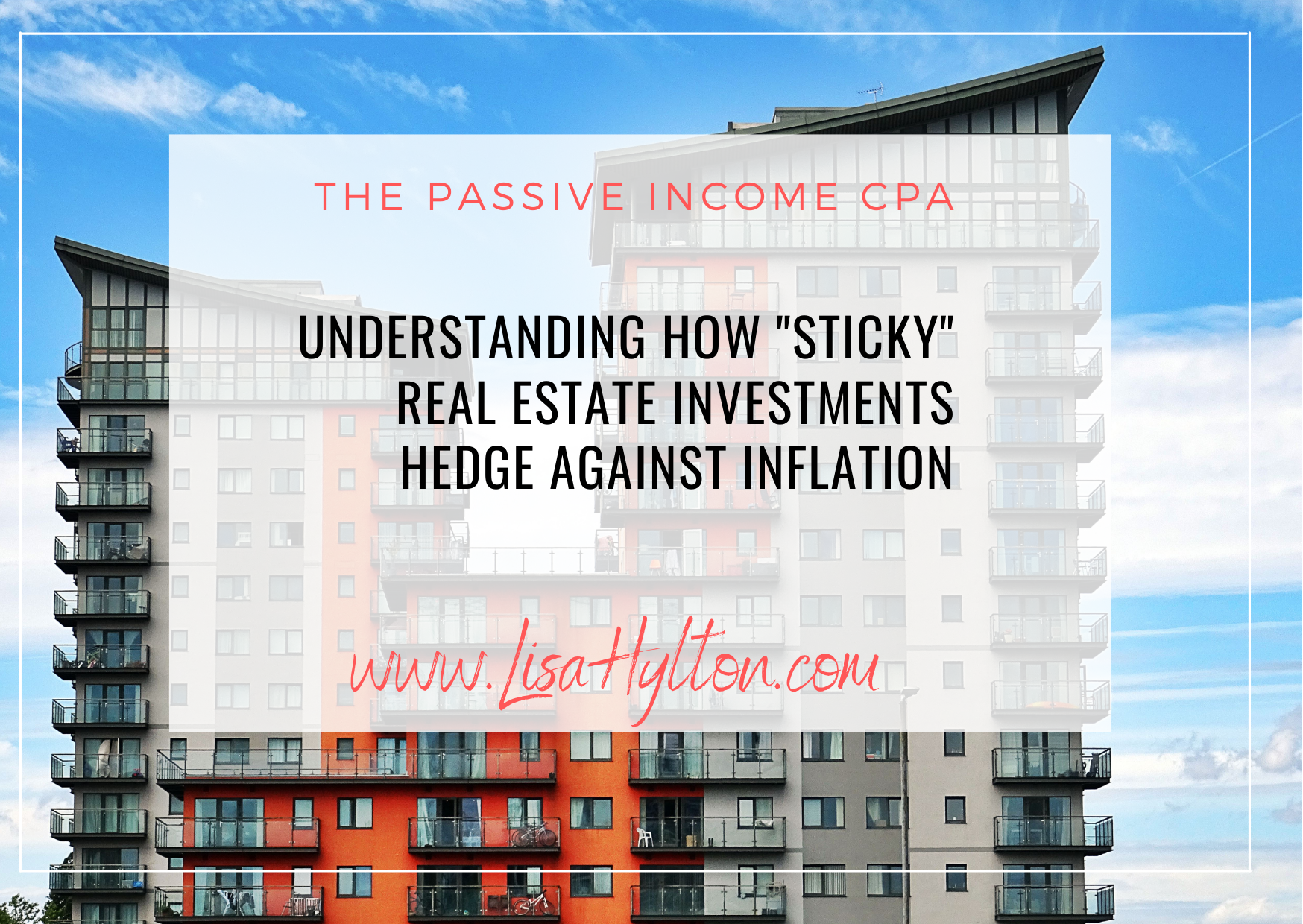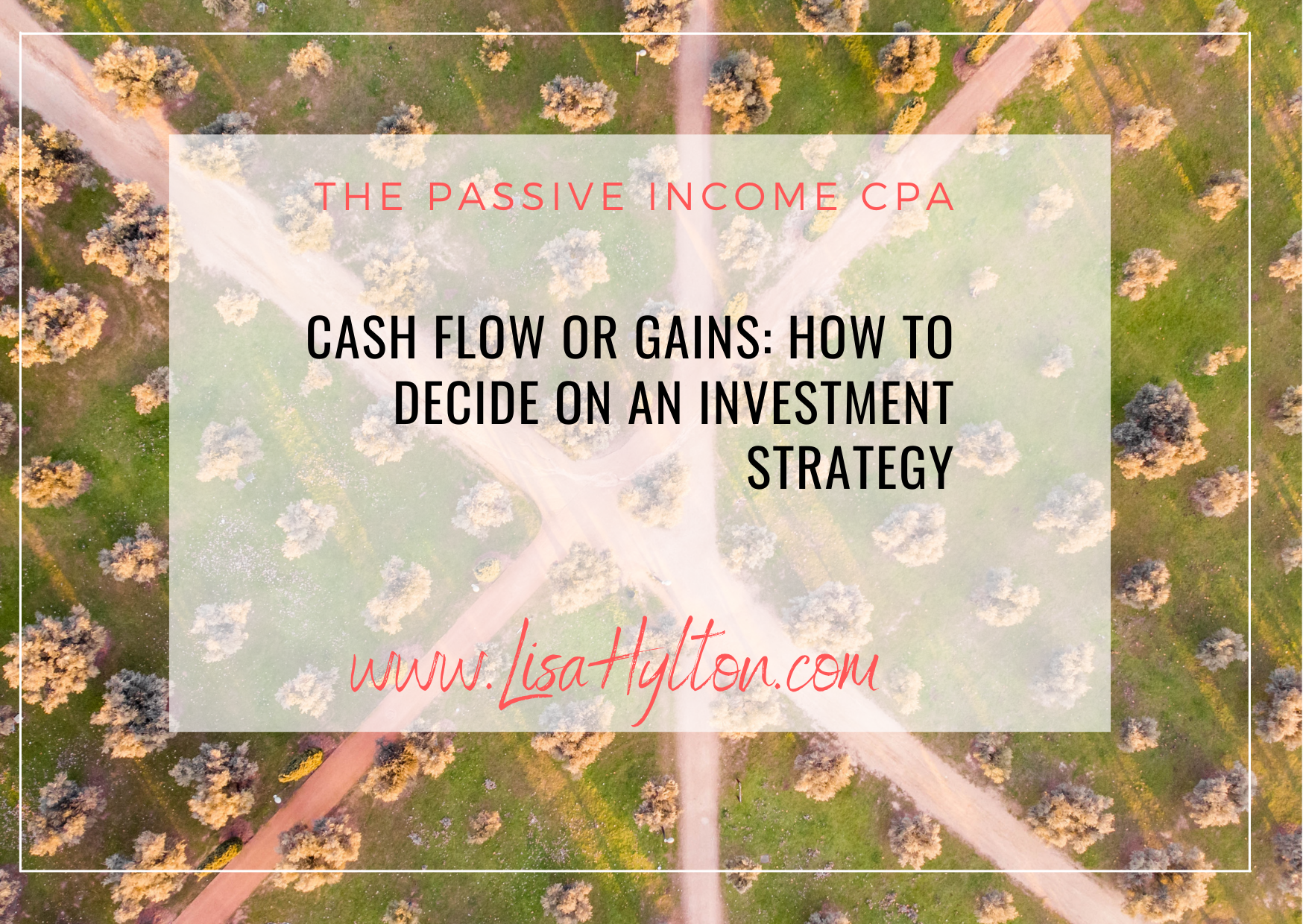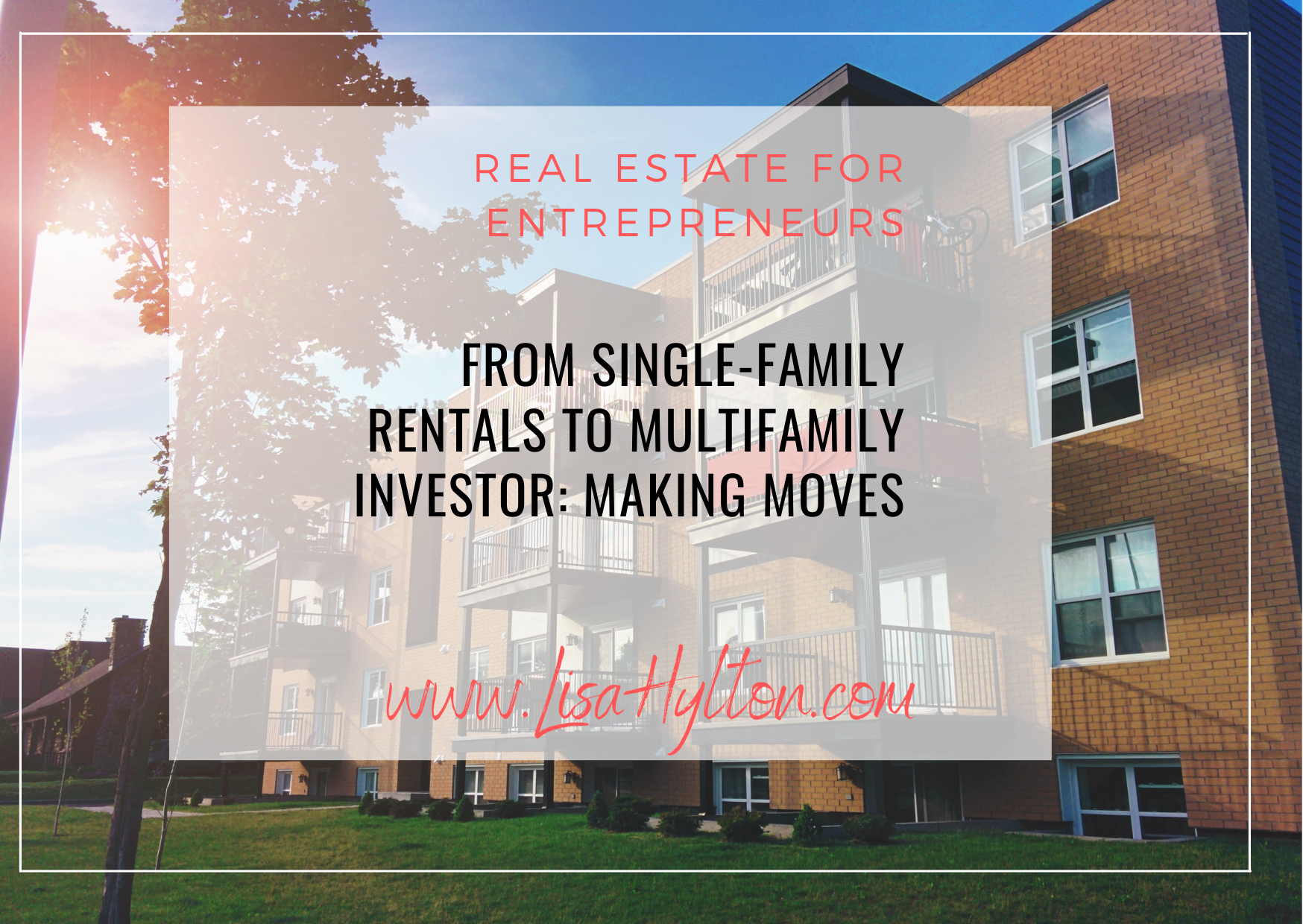Do you remember the 5 paragraph essay structure from elementary school? Having guidelines to introduce a central idea, provide 3 supportive paragraphs, and close with a strong conclusion provides freedom and structure all at once.
The Five Phases of a Value-Add Multifamily Syndication
Similarly, each real estate syndication goes through a progression of stages with a clear beginning, middle, and end, which ensures individual investors operate as one, according to a clear business plan.
Phase #1 – Acquire
The first stage begins with sponsors getting a property under contract. Not only can finding a great property be difficult, but this phase also requires impeccable underwriting skills and solid projection calculations.
Once under contract, sponsors work diligently to discover the property’s needs, record estimated expenses, and update the business plan accordingly. After we and the sponsors are confident with the research, the deal, and the projections, we share the deal with investors like you, to gauge interest. Once all investors send in their funds, we then close on the property.

Phase #2 – Add Value
The term “value-add” means exactly what it sounds like; we’re adding value to the property, which is why renovations typically kick off upon closing.
All in accordance with the business plan, transitions begin with the property management team and renovations on any vacant units. This phase can last 12 to 18 months or longer, depending on the time it takes for all tenants’ leases to expire and for all old units to be renovated.
Exterior and common area renovations may also be made, such as updating or adding light fixtures, a dog park, covered parking, or landscaping.
Phase #3 – Refinance
Since commercial properties are valued according to the income they generate, the whole point of the renovation phase is to fetch rent premiums to increase revenue.
Most tenants will happily pay an additional $100 per month for the opportunity to move into an updated unit, and if the apartment complex has 100 units, that’s an additional $120,000 per year in rental income, which, at a conservative 10% cap rate, equates to $1,200,000 in additional equity.
With that additional equity, a sponsor may attempt to refinance or, if the market is right, sell the property early. Although thrilling, neither of these is guaranteed. Through a refinance or supplemental loan, you would receive a portion of your initial investment back, while still cash flowing as if the entire amount were still invested.
Let’s pretend you invested $100,000 into a value-add multifamily syndication, and after 18 months, the sponsors refinanced the property and returned 40 percent of your original capital. Here’s where you celebrate, because, this means you got back $40,000, plus continuous cash flow distributions of 8-10% off your full $100,000 original investment.

Phase #4 – Hold
The next phase constitutes holding the asset while collecting cash-on-cash returns (aka, cash flow). Since the value-add phases are complete and the riskiest phases have passed, the focus shifts toward attracting great tenants and generating strong revenue.
Throughout the hold period, rent increases at a nominally low percentage each year, thus increasing revenue and contributing toward a steady appreciation of the property. The length of this phase, preferably 5 years or less, is based on the individual property, sponsor, and business plan.
Phase #5 – Sell
At this point, the property exhibits completed updates, increased revenues, and appreciation. So, the best use of investor capital is to sell the property so that they can seek their next investment project. During the disposition phase, sponsors prepare the asset for sale.
Sometimes the asset can be sold off-market, creating minimal disruption for tenants. Otherwise, sponsors muster through the whole listing and sale process. Occasionally, if investors agree, a 1031 exchange may be initiated. This allows investors to roll their capital and proceeds into another deal with the same sponsor.
Either way, once the sale is complete, you get your original capital back, plus a percentage of the profits. Time to pop those corks!
There you have it!
Just like a five-paragraph essay, you have structure, the exchange of information, and focus within each step. Remember, every deal is different and not all syndications go through all five phases.
As a passive investor, you get to avoid the legwork, but you still want to thoroughly understand the typical phases of the value-add multifamily syndication process so you’re informed every step of the way.
Want to Invest with Lisa?
If you are interested in learning more about passively investing in apartment buildings, click here https://lisahylton.com/invest/ to sign up to learn more about upcoming opportunities.
About the Author









